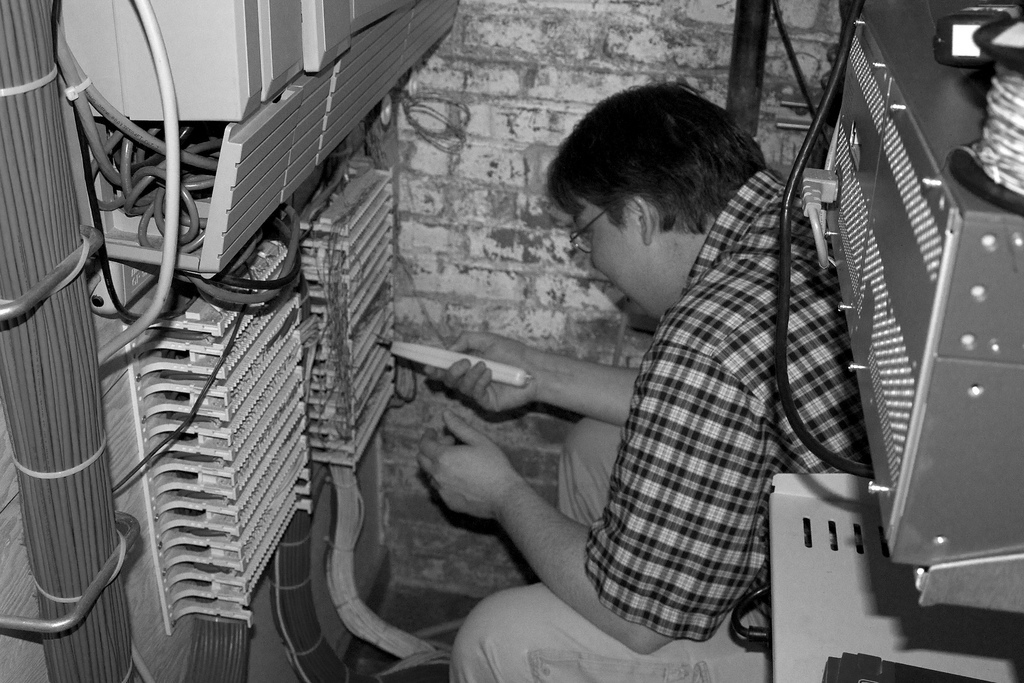Uncategorized
Why banks refuse to upgrade core banking systems
- Only 15 percent of bankers expect to build a new core deposit system in the next three years.
- Banks find it increasingly difficult to launch advance products on top of aging core systems.








